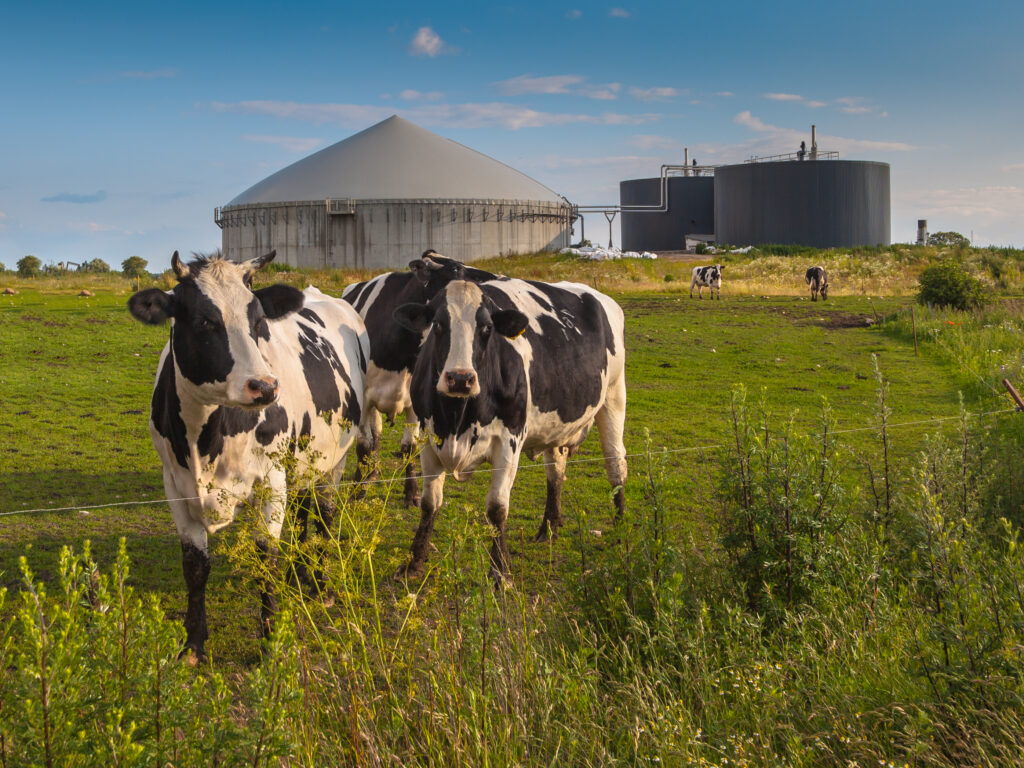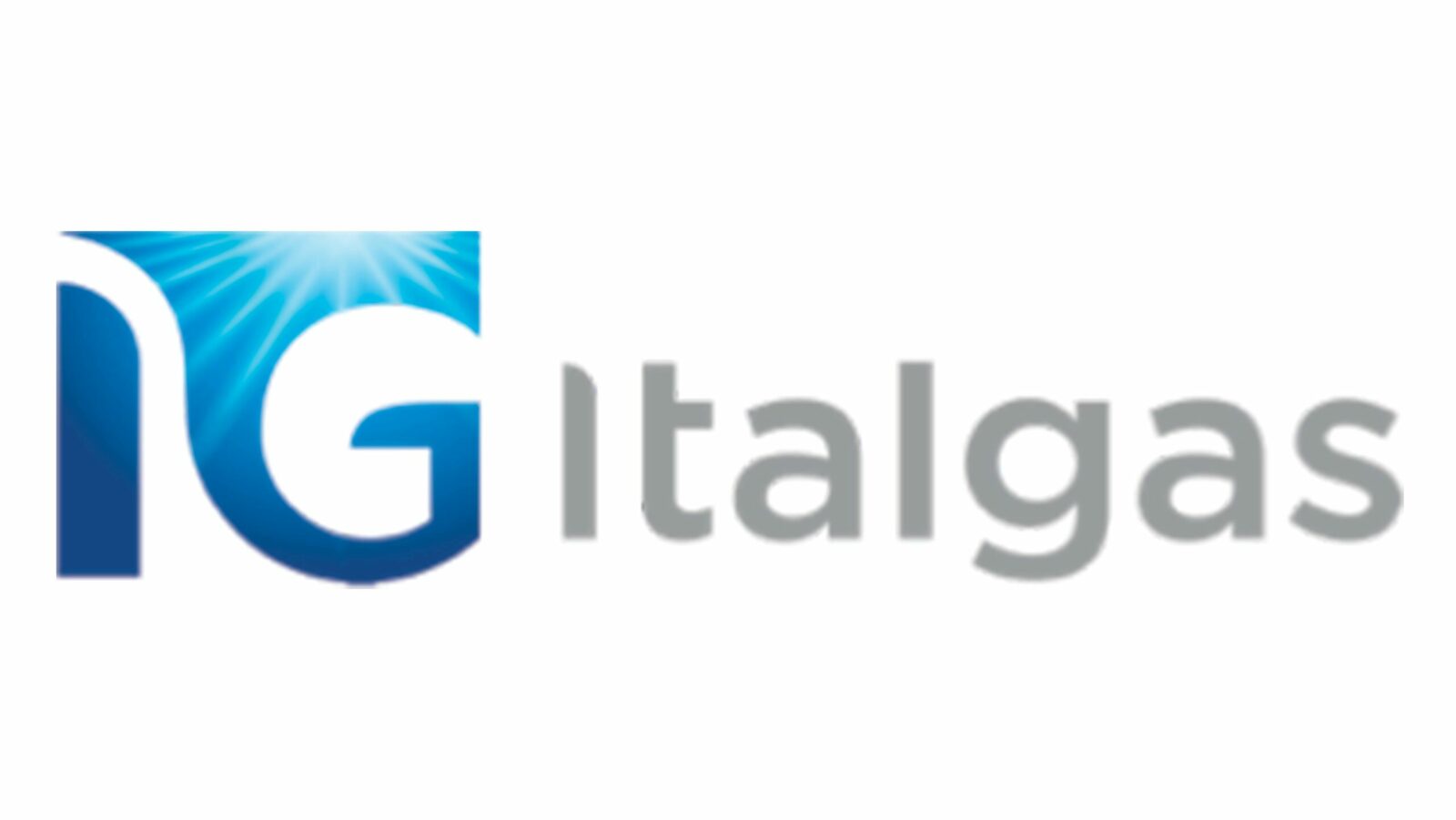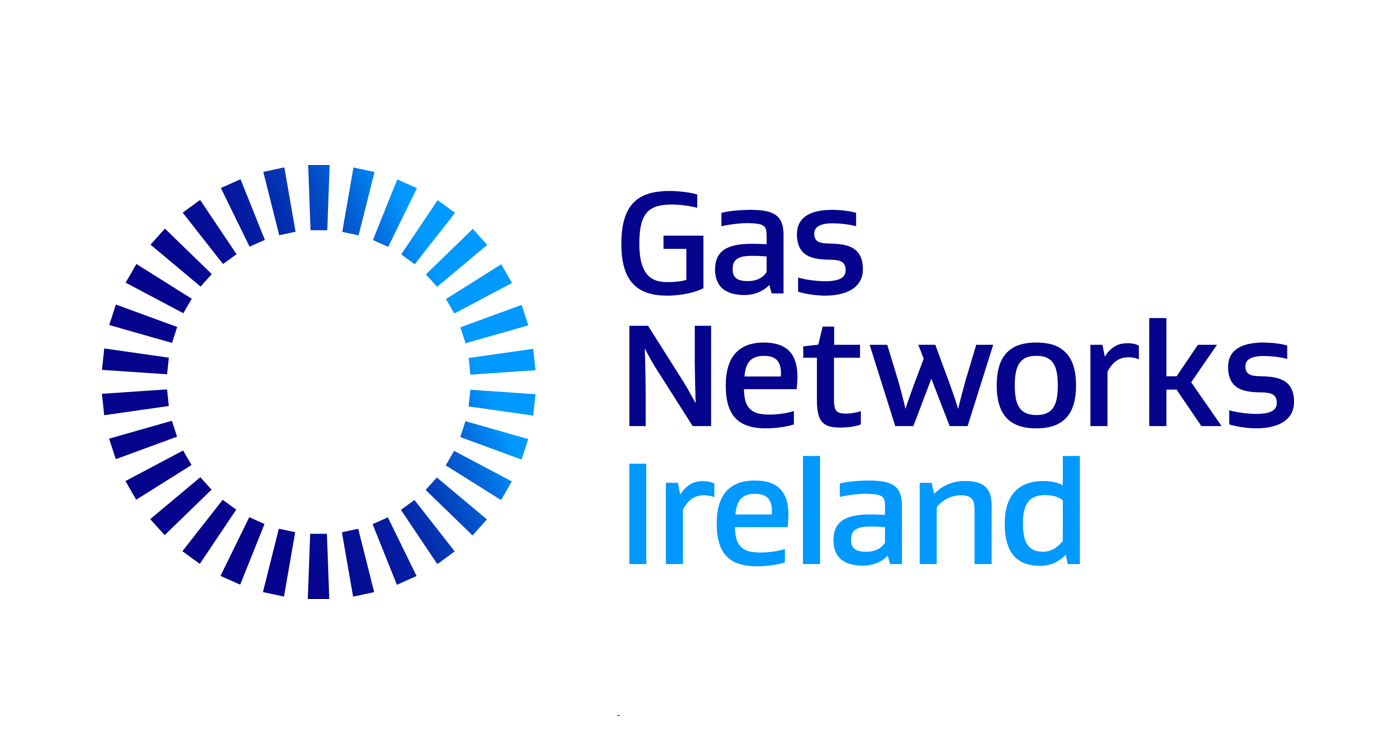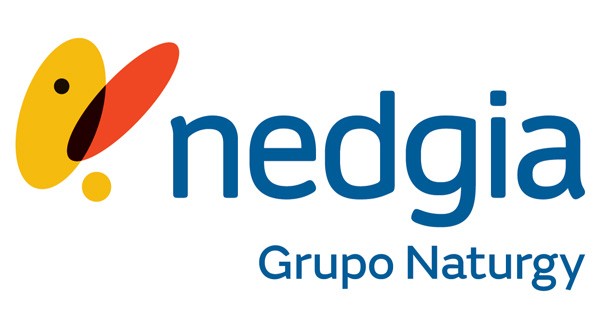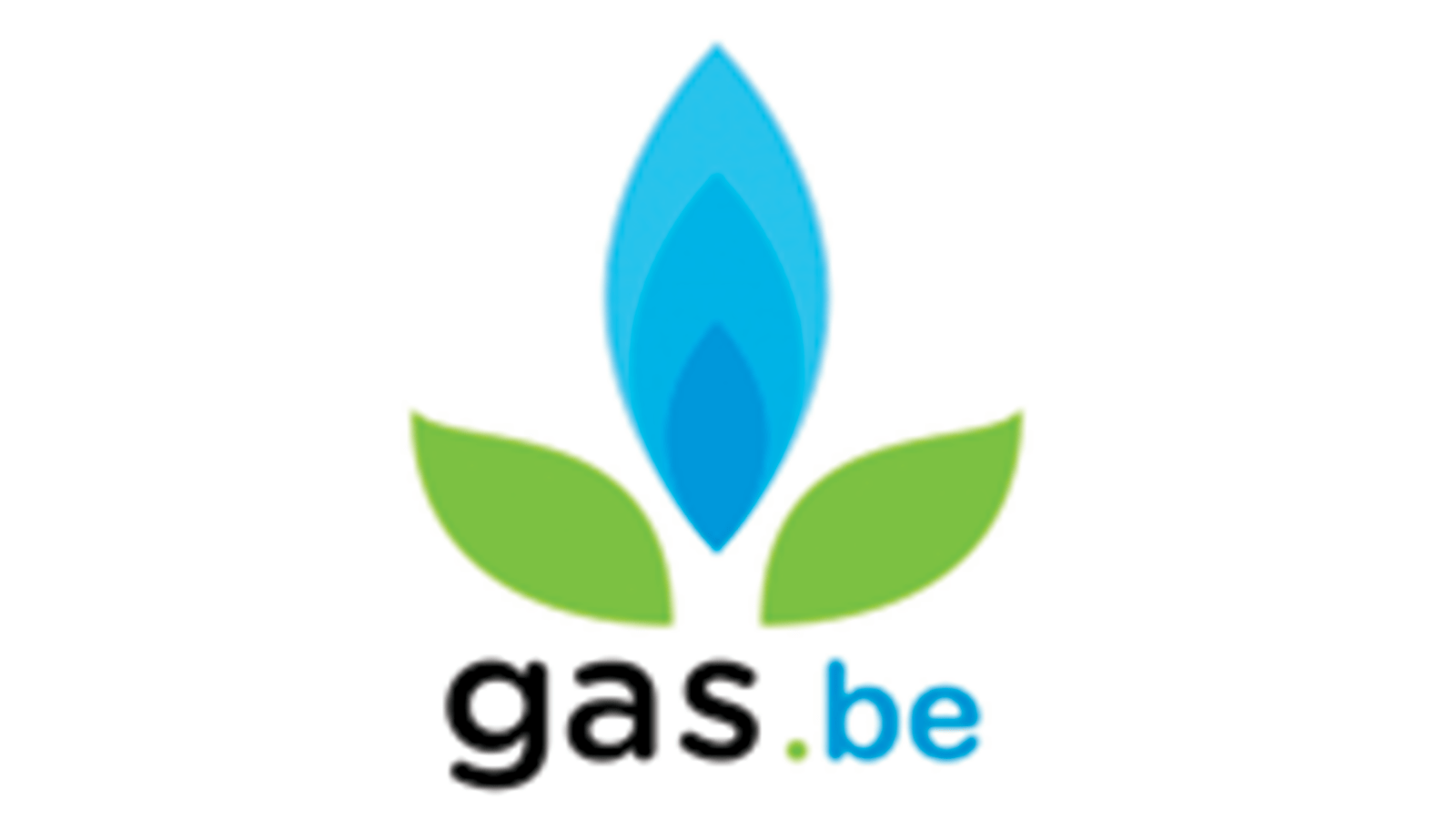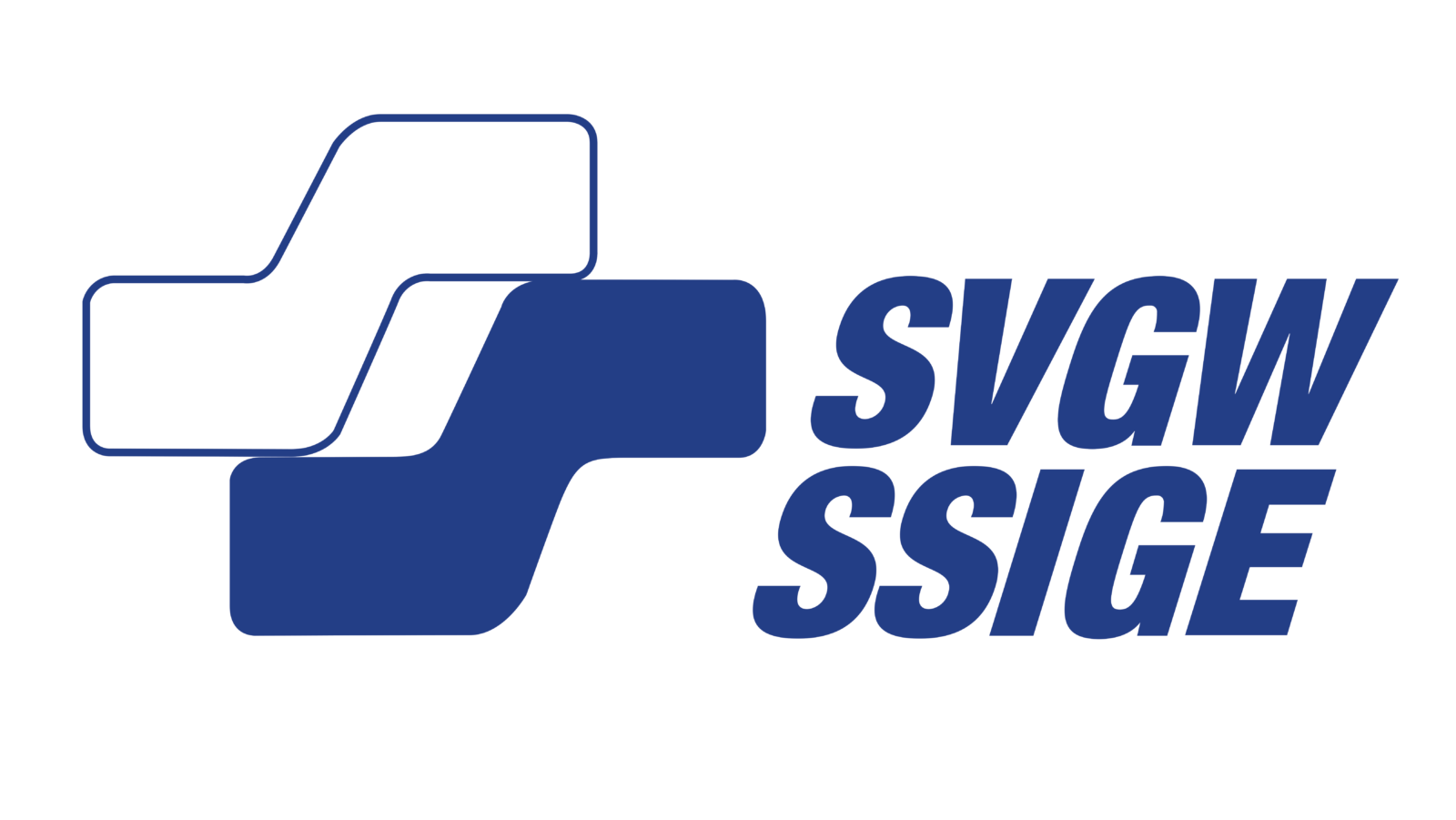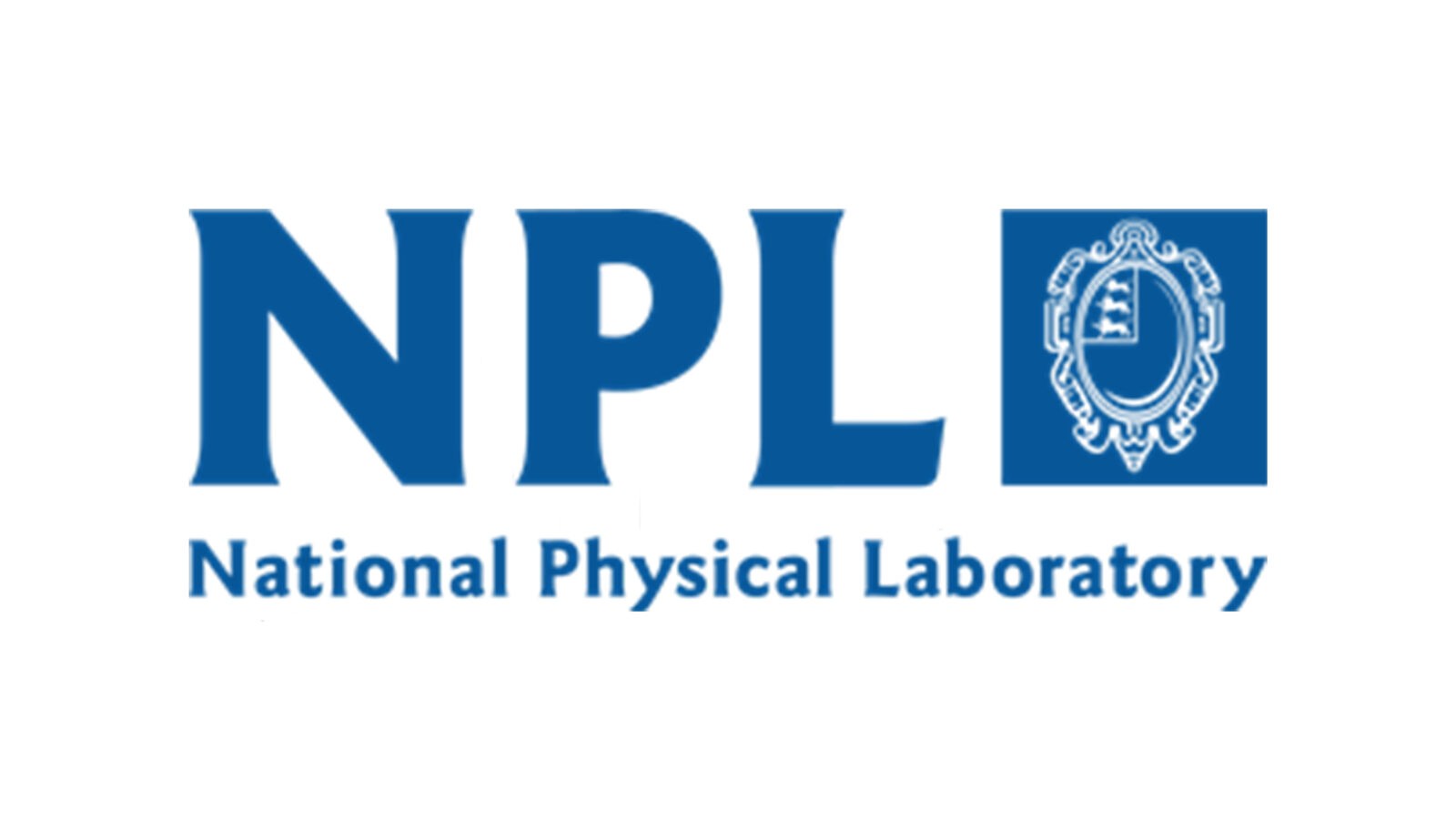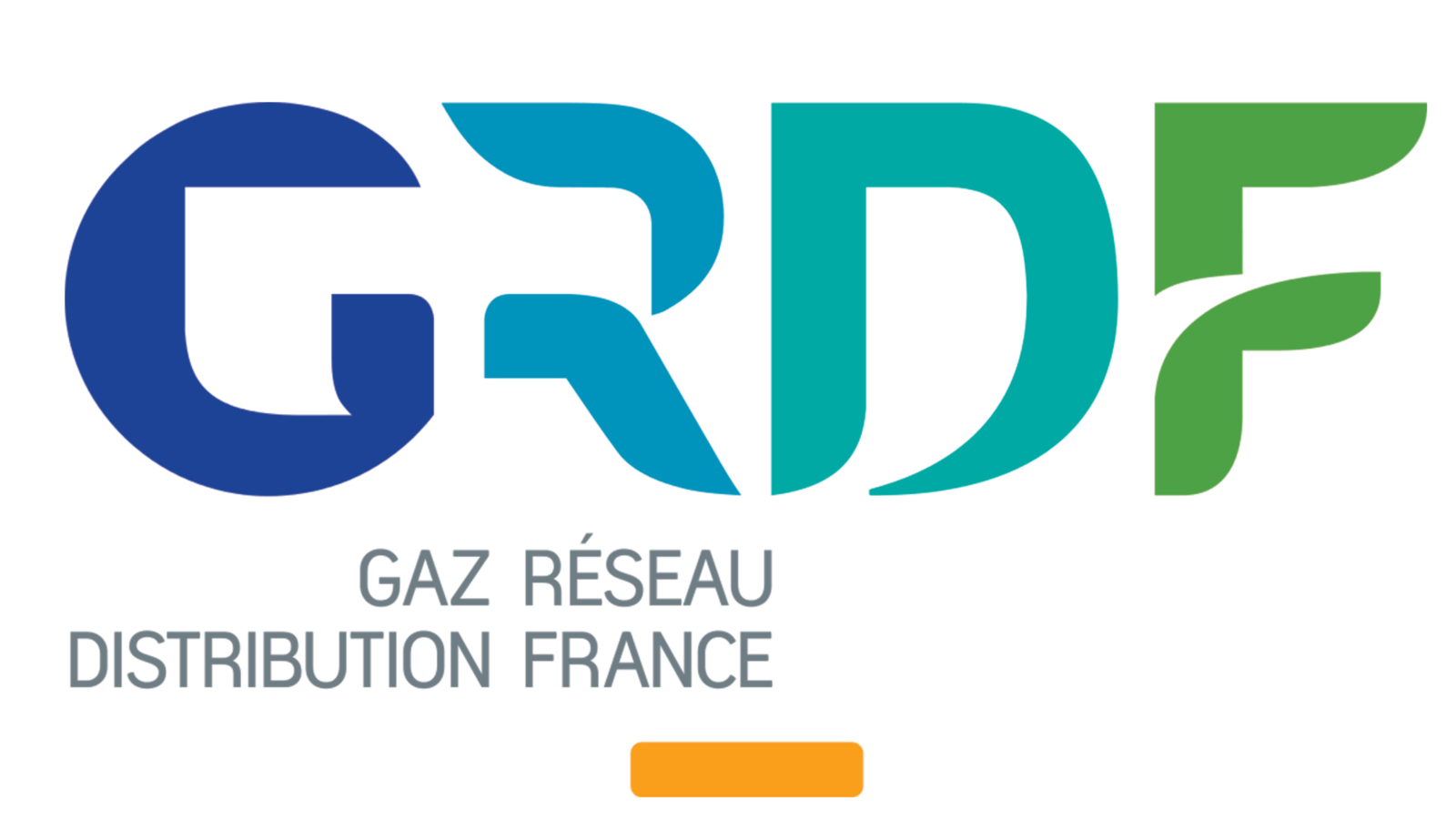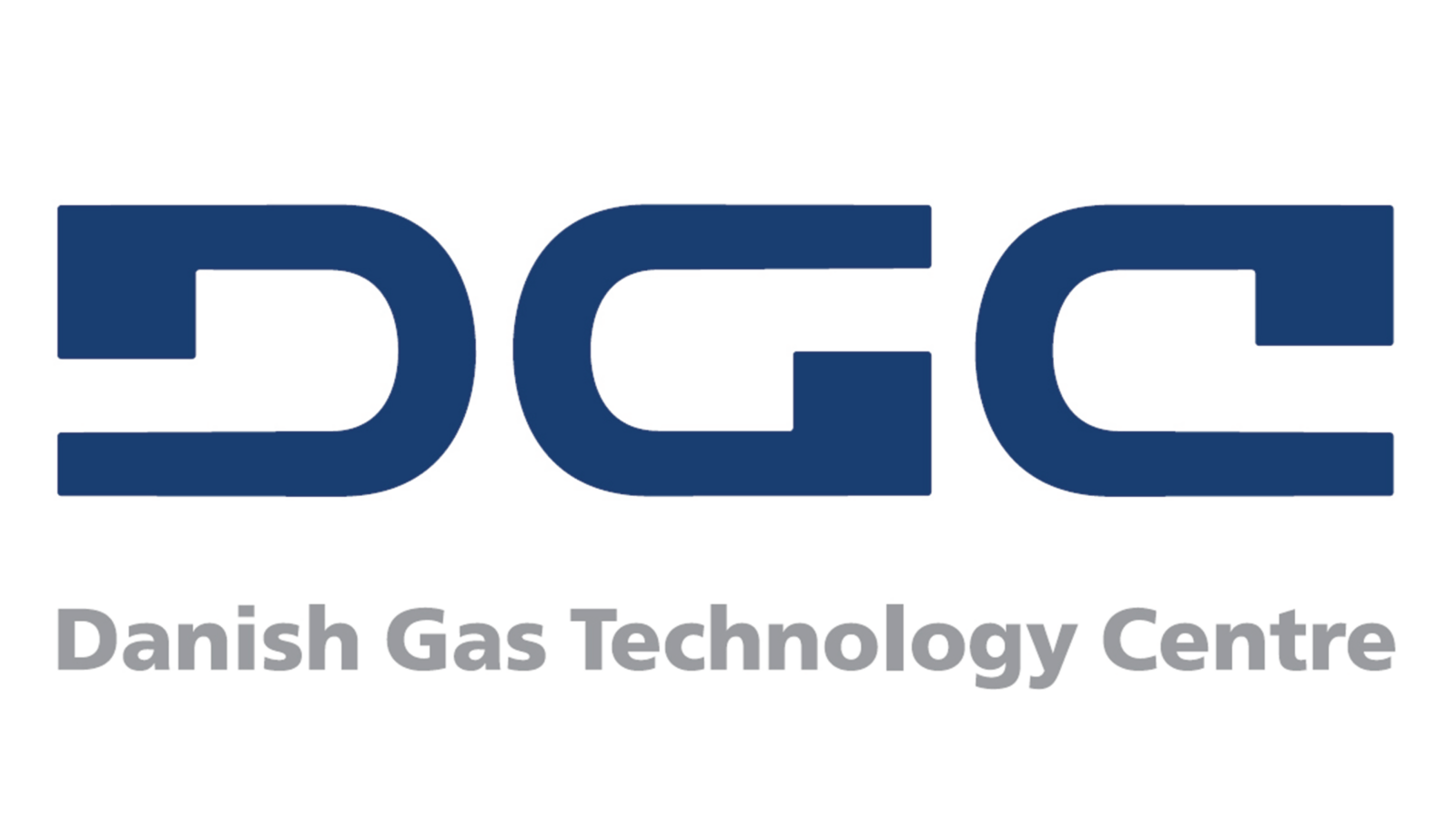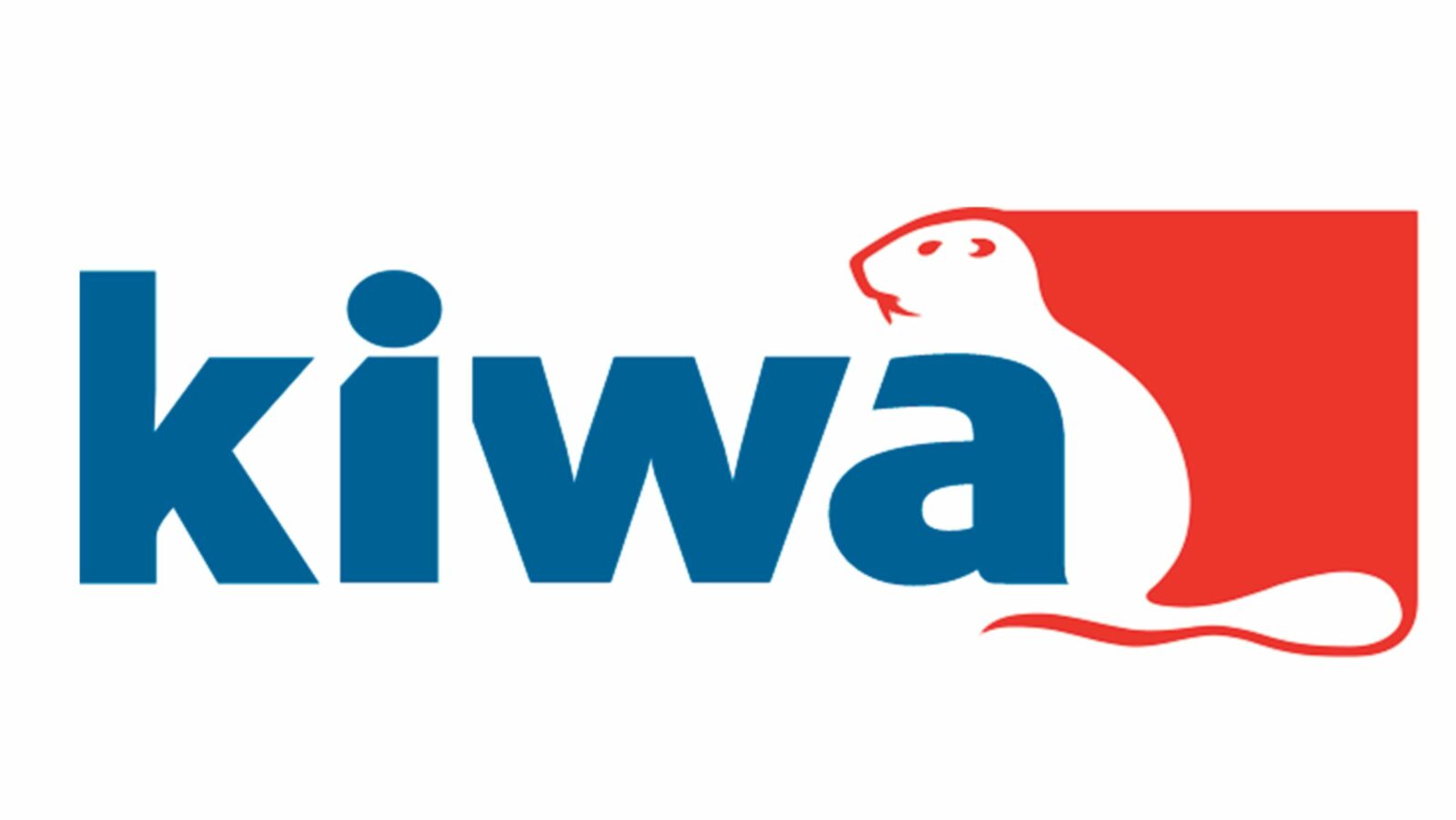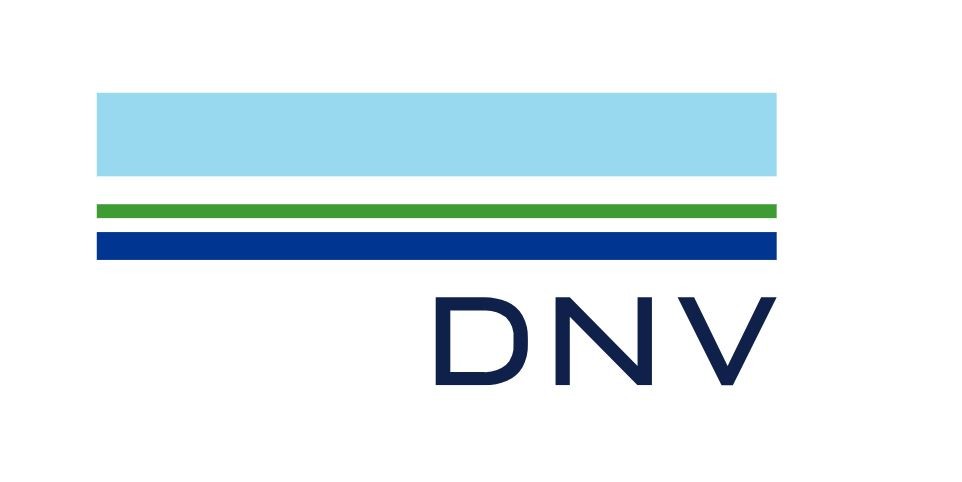The biomethane industry is gaining more interest due to its potential to deliver clean energy to a wide array of end uses, especially when this can be done using existing infrastructure. According to the International Energy Agency (IEA), currently, 3.5Mtoe of biomethane is produced worldwide (the vast majority in the European and North American markets). However, there is still a need for further research to learn how to optimize the injection skid’s design, operation, and maintenance. Therefore, this project was launched in April 2022 to determine the best practices regarding biomethane injection practices in the European Union.
The targeted countries of this benchmark are Denmark, Germany, France, United Kingdom, Netherlands, Spain, Belgium, Switzerland, Italy, and Ireland.
One of the results of the project was the identification of best practices in different domains of the biomethane injection that will allow a CAPEX and OPEX reduction while allowing equal or greater safety levels. Some other benefits included:
Short term benefits:
- Up-to-date knowledge of the costs associated with biomethane injection
- Ability to compare with a large pool of peers in different European countries
- Identification of best technological choices and practices
Mid-term benefits:
- Identification of further developments & innovations
The project was carried out by a Steering Technical Committee of 7 members: GRDF (DSO France), Italgas (DSO Italy), GNI (DSO Ireland), Nedgia (DSO Spain), Gas.be (represents the transport and distribution gas network operators of Belgium), SVGW (Association of gas and water from Switzerland), and NPL (National Physical Laboratory from the UK) with the aim to ensure the correct development of the project. This project was conducted by three well-known research centers in Europe DGC (Denmark), which also had the project management, KIWA (Netherlands) and DNV (UK).
The project is divided into four tasks:
- Task 1- Benchmark: Collect the return on experience from different DSO
- Task 2 – Smart gas grids :
- Detail the instrumentation level installed on the gas grid and at the injection skid for remote Operation and Control.
- Task 3 – Consumables management:
- Identify the consumables used and specify the logistics associated with it (logistics cost, transport, etc.)
- Task 4 – Best Practices:
- Identification of Best Practices & Recommendations, Identification of further developments & innovations
Please find below the Biomethane Injection Best Practices summary report.

